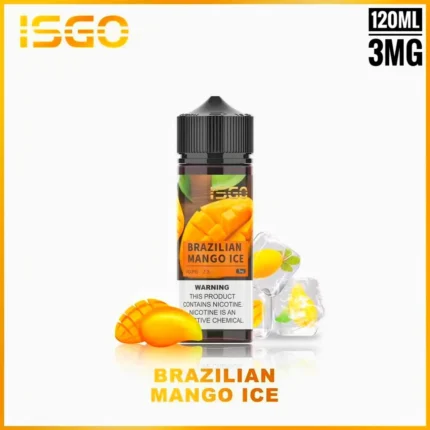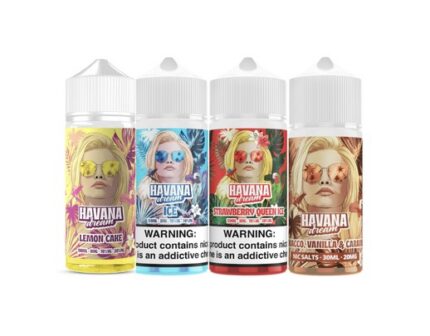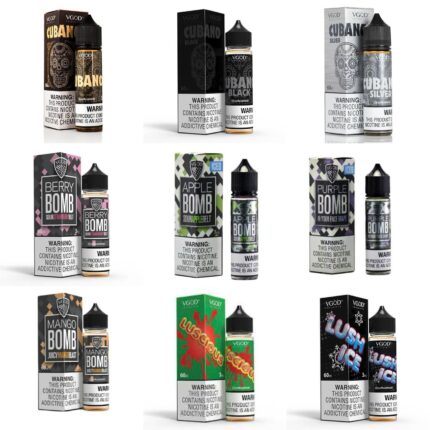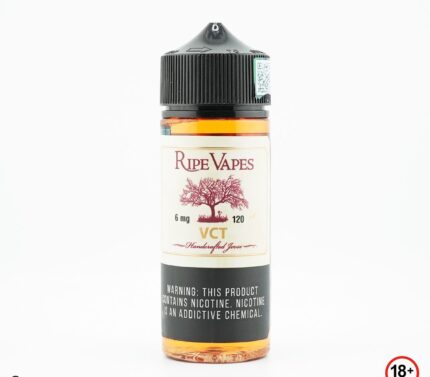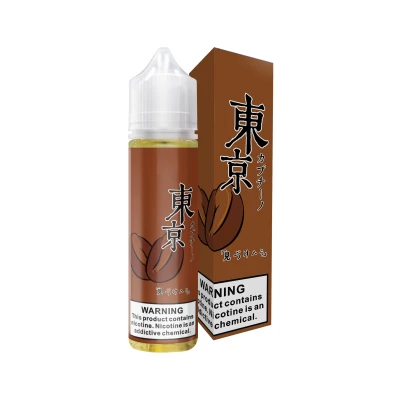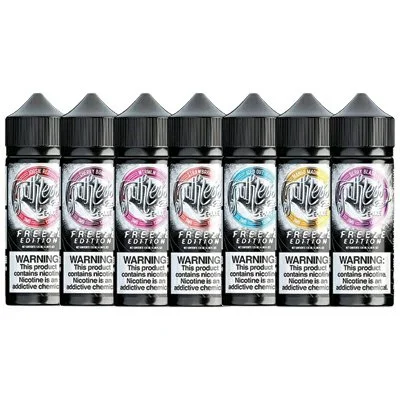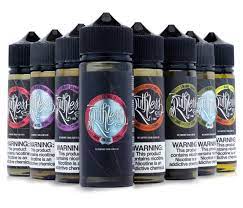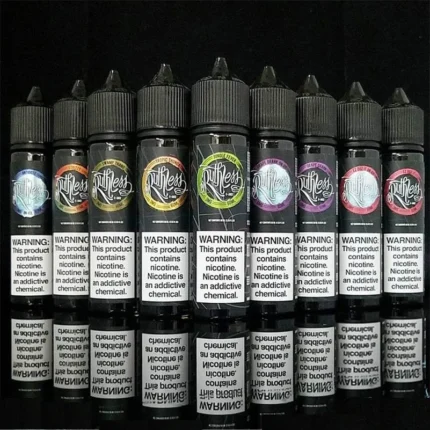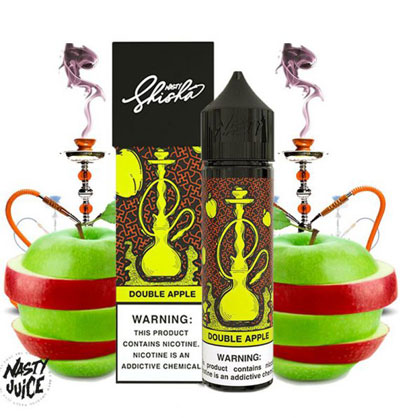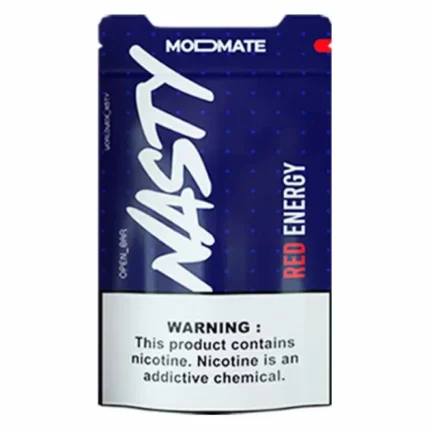Traveling with a vape can feel like navigating a maze of rules and regulations. As vaping continues to grow in popularity, so does the confusion surrounding its legality and airline policies. If you’re asking, “Can you bring a vape on a plane?”—you’re not alone. This comprehensive guide breaks down everything you need to know, from TSA guidelines to international rules and best practices for traveling with vaping devices.
TSA Regulations for Vaping Devices
In the United States, the Transportation Security Administration (TSA) has clear rules regarding vaping devices and e-liquids:
- Carry-On Only: Vaping devices, including e-cigarettes, vape pens, and mods, must be carried in your hand luggage. Placing them in checked baggage is prohibited due to the risk of battery-related fires.
- E-Liquids in Carry-On: You can bring e-liquids, but they must follow the TSA’s liquid rule. Each container should be no larger than 3.4 ounces (100 milliliters), and all liquids must fit into a single quart-sized, clear, resealable bag.
- Battery Safety: Spare lithium-ion batteries for vaping devices must also be kept in your carry-on and stored properly to prevent short-circuiting.
Following these rules ensures that your vaping gear won’t be confiscated at the security checkpoint.
Airline-Specific Policies
While TSA rules govern what you can bring on a plane, individual airlines may have their own policies regarding vaping devices. It’s essential to check your airline’s website or contact their customer service for specific guidelines.
Common Airline Restrictions
- Vaping or using e-cigarettes onboard is strictly prohibited on all airlines.
- Some airlines may have additional restrictions on the type or quantity of batteries you can carry.
- Certain international airlines may ban vaping devices entirely, depending on local regulations.
Traveling Internationally with a Vape
If you’re traveling internationally, the rules regarding vaping devices can vary significantly depending on the destination.
Countries Where Vaping Is Restricted or Banned
Several countries have strict regulations on vaping, including:
- Thailand: Vaping is banned, and possession can result in hefty fines or jail time.
- India: The sale and use of e-cigarettes are prohibited in many states.
- Singapore: Possession or importation of vaping products is illegal and punishable by fines.
- United Arab Emirates: Vapes are legal but must meet local regulations.
Before you fly, research the laws of your destination country to avoid legal issues.
Packing Your Vape for Air Travel
Properly packing your vape gear is crucial to ensure a smooth journey through airport security. Here are some practical tips:
1. Secure Your Vape Device
- Turn off your vape device before packing it to prevent accidental activation.
- Remove the tank or pod to avoid leaks caused by cabin pressure changes.
2. Protect Spare Batteries
- Store spare batteries in a protective case to prevent them from short-circuiting.
- Do not place batteries near metal objects, such as keys or coins.
3. Follow the Liquid Rule
- Place e-liquids in a clear, resealable bag to meet TSA liquid requirements.
- Consider using smaller bottles to avoid issues at security checkpoints.
4. Pack Responsibly
- Keep your vape gear organized and easily accessible in your carry-on for inspection if needed.
Can You Vape at the Airport?
Most airports have designated smoking areas where you can use vaping devices. However, vaping in non-designated areas, such as terminals or gates, is prohibited and may result in fines. Always look for signage indicating smoking zones.
What Happens if You Vape on a Plane?
Vaping on a plane is strictly prohibited and considered a serious violation. If caught vaping onboard, you could face:
- Fines: Airlines may impose fines for violating no-smoking policies.
- Ejection: In extreme cases, you could be removed from the flight.
- Legal Consequences: Some jurisdictions may press charges for endangering flight safety.
Avoid using your vape during the flight to prevent unnecessary trouble.
Tips for Traveling with a Vape
1. Check Local Laws
Research vaping laws at your destination and any layover locations to avoid legal issues.
2. Carry Proper Documentation
If traveling with medical e-liquids (e.g., CBD oils), carry a prescription or doctor’s note, as some countries require proof of medical necessity.
3. Use Leak-Proof Containers
Store e-liquids in leak-proof bottles to prevent spills caused by cabin pressure changes.
4. Be Courteous
Respect airline and airport rules by using vapes only in designated areas and complying with security personnel.
FAQs
Can I pack a vape in my checked luggage?
No, vaping devices and spare batteries must be carried in your hand luggage due to the fire risks associated with lithium-ion batteries.
How much e-liquid can I bring on a plane?
You can bring up to 3.4 ounces (100 milliliters) of e-liquid per container in your carry-on, following TSA’s liquid rules.
Do I need to remove my vape at airport security?
Yes, you may need to remove your vape and place it in a security bin, similar to other electronic devices.
Is vaping allowed on international flights?
No, vaping is prohibited on all flights, whether domestic or international.
What should I do if my vape leaks during the flight?
If your vape leaks, clean it carefully with tissues and store it upright for the remainder of the journey.
Can I bring CBD or THC vaping products on a plane?
CBD products are allowed on planes within the U.S. if they contain less than 0.3% THC. However, THC products are illegal under federal law and cannot be carried on flights.
Conclusion
So, can you bring a vape on a plane? The answer is yes—but only if you follow TSA guidelines and airline-specific policies. By packing your vape responsibly, adhering to safety measures, and respecting local laws at your destination, you can enjoy hassle-free travel with your vaping gear.
As regulations can vary widely between countries and airlines, it’s always a good idea to double-check the latest rules before flying. Staying informed and prepared will ensure you avoid fines, confiscations, or other complications during your trip.










